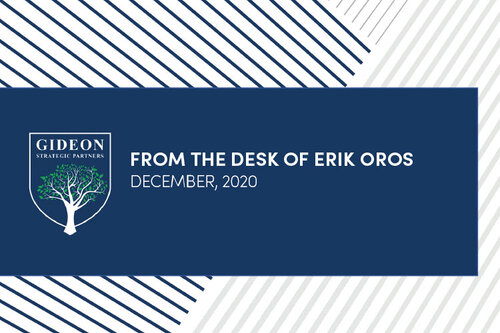In an age where ethical investing is gaining prominence, the healthcare sector stands out as a unique opportunity for investors looking to grow their wealth while contributing to the greater good. The healthcare market is vast and diverse, encompassing several sub-sectors, including pharmaceuticals, medical devices, health services, and health technology. The integration of artificial intelligence in health technology has particularly become a focal point, presenting numerous innovative use cases and benefits.
Australia’s Rich History in Healthcare and Medical Research
Australia boasts a proud and long-standing history in healthcare and medical research, marked by several Nobel Prizes in Physiology or Medicine. The country ranks seventh globally in medical research, supported by robust industry and government backing. This foundation ensures Australia continues to excel in an area of global significance.
To leverage its world-leading research capabilities, the federal government is prioritizing and investing heavily in Australian-made medical manufacturing. Various programs and initiatives have been introduced to encourage the establishment of medical and healthcare manufacturing facilities within the country. These efforts aim to boost jobs in the sector and stimulate the economy, with the ambition of positioning Australia as a global leader in the manufacturing of healthcare and medical products.
Investment Opportunities and Challenges in Healthcare
The healthcare sector offers investors a range of opportunities, from large, established companies to those in the early stages of research and development. This diversity allows for investments tailored to different time frames and risk tolerances. Notably, the Australian Securities Exchange (ASX) healthcare sector is home to companies of varying sizes and scopes, providing a broad spectrum of investment options.
One of the largest and most established companies on the ASX health index is CSL. Founded in 1916 as Commonwealth Serum Laboratories, CSL was initially an Australian government body established to meet the needs of a country isolated by war. The company was incorporated in 1991 and listed on the ASX in 1994. Today, CSL is a prominent player in the healthcare sector, reflecting the potential for significant returns when new treatments or medical devices are successfully developed and commercialized.
However, investing in healthcare is not without its challenges and risks. Discoveries often take years to progress through clinical trials, regulatory approvals, and commercialization. The sector is also filled with numerous ideas that, for various reasons, fail to succeed. Despite these hurdles, the successful development and commercialization of new treatments or medical devices can yield substantial rewards for investors.
The Role of Artificial Intelligence in Health Technology
Artificial intelligence (AI) is revolutionizing health technology, offering transformative benefits and use cases. From improving diagnostic accuracy to developing novel treatments and advancing standards of care, AI is at the forefront of healthcare innovation. This technological advancement presents new investment opportunities as companies harness AI to drive progress in the sector.
Insights from Tim Boreham
In this special investor guide, health and biotech expert Tim Boreham provides a comprehensive analysis of the most cutting-edge sector on the ASX. Boreham’s insights delve into the dynamic and evolving landscape of healthcare and biotech, highlighting the potential for investors to capitalize on innovative developments and advancements.
Investing in healthcare and biotech not only offers the potential for significant financial returns but also contributes to the broader goal of improving global health and well-being. As the sector continues to evolve, guided by technological advancements and strong support from industry and government, investors have the opportunity to be part of a transformative journey in healthcare.
In conclusion, the healthcare sector presents a unique blend of opportunities and challenges. With Australia’s strong research foundation, government support, and the integration of AI in health technology, the future of health and biotech investments looks promising. By staying informed and strategically navigating the sector, investors can potentially achieve substantial returns while contributing to the advancement of healthcare.








